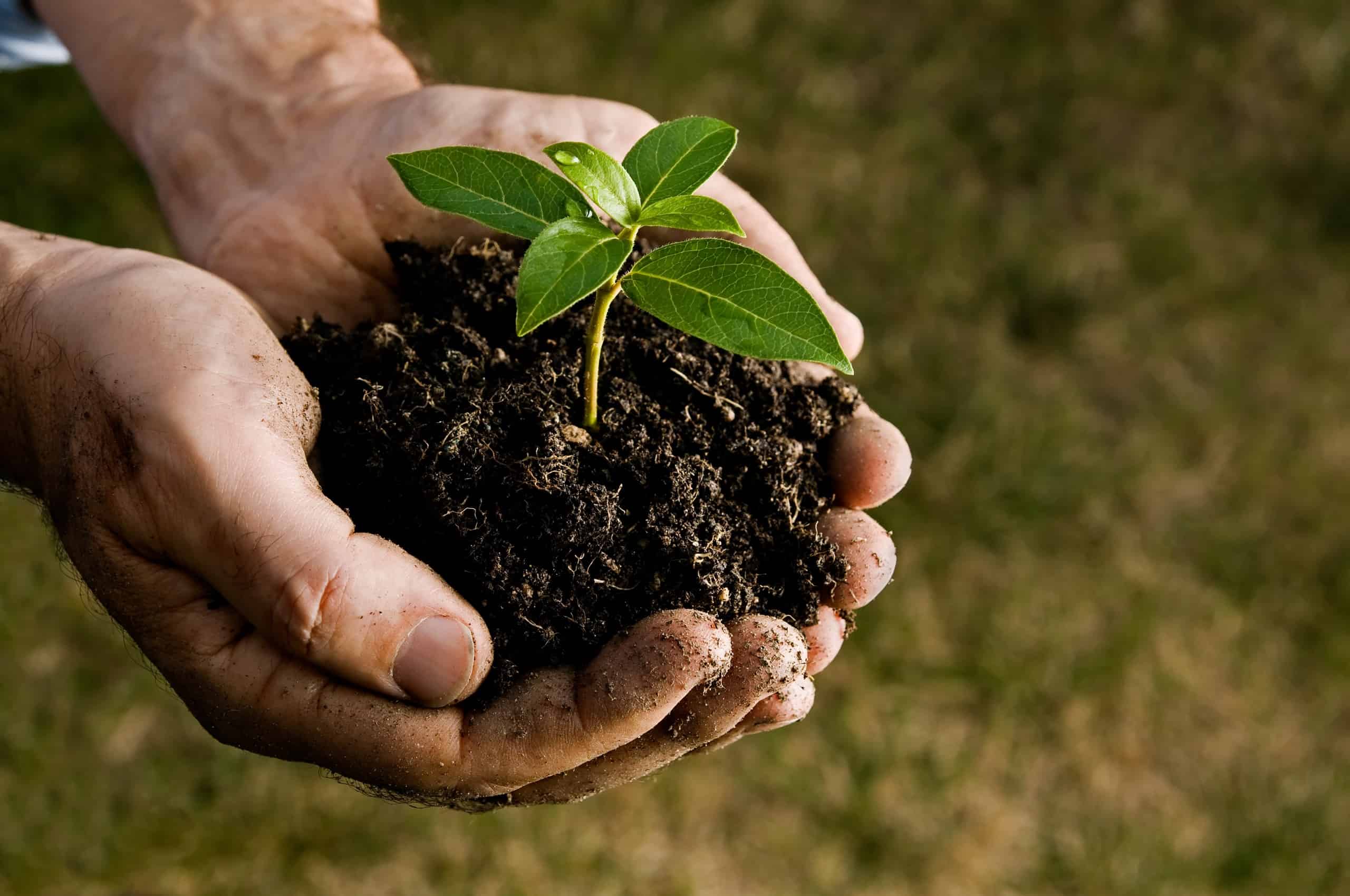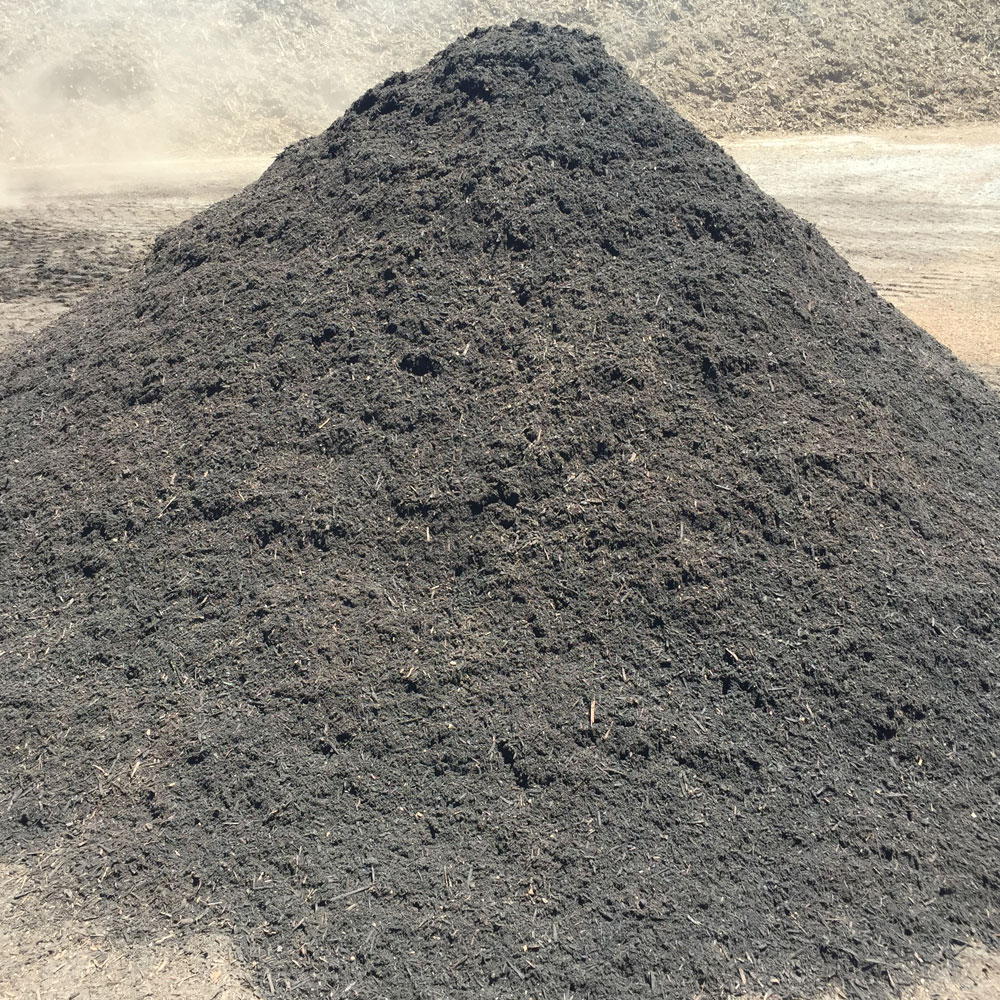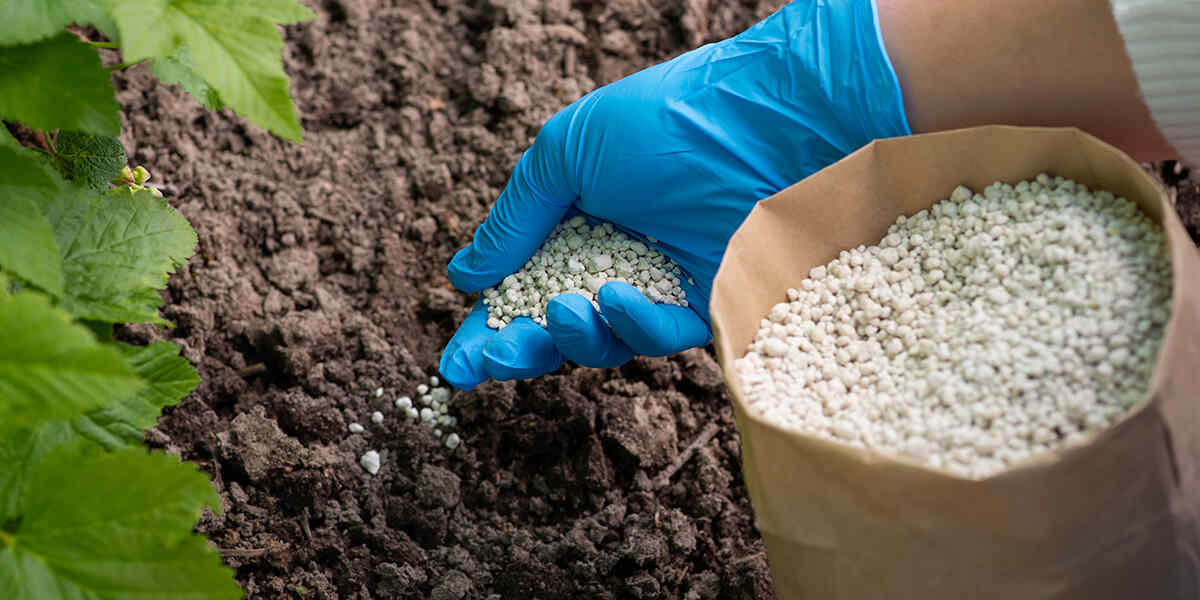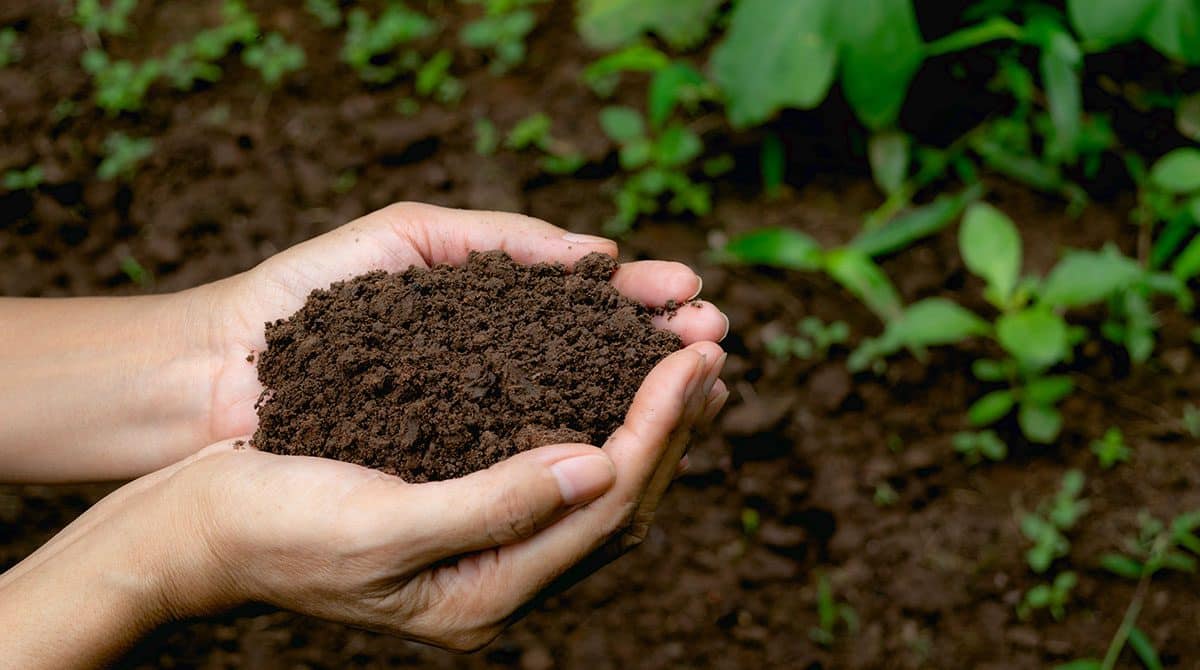
What is a soil conditioner?
Soil conditioners, also referred to as soil amendments, help improve soil structure by increasing aeration, water holding capacity, and nutrients. They help break up compacted clay soils, which lack sufficient space for air and water, both of which are important for microorganisms to thrive and for plant roots to grow. They also cycle nutrients otherwise bound up in the soil. Soil conditioners include a range of products made from many different materials, both organic and inorganic. Organic (carbon-based) soil conditioners can be made of animal manure, compost from yard waste or food waste, cover crop residue, biosolids, sawdust, ground pine bark, peat moss or other materials. Common ingredients in inorganic soil conditioners on the other hand are often mineral based, such as expanded clay or shale and even sand.
How does soil conditioner affect the soil?
Soil conditioners alter a soil’s structure, meaning how well the soil holds itself together, how well it holds or drains the water, and how easily oxygen is able to penetrate. It does not however change soil texture, which refers to the proportions of sand, silt, and clay in the soil. Organic soil amendments can also greatly increase the cation exchange capacity (CEC) of soils. This refers to the relative ability of soils to store nutrients in the form of positively charged particles called cations. The most common soil cations include calcium, magnesium, potassium, and ammonium. The total number of cations a soil can hold (otherwise put, its total negative charge) is the soil’s cation exchange capacity. The higher the CEC, the more cations that can be held and exchanged with plant roots, providing them with the nutrients they need. Soil conditioners may also be used to improve water holding capacity, particularly in droughty coarse soils such as sandy soils, which drain quickly.


Organic vs Inorganic soil conditioners
Organic in the context of a soil conditioner refers to carbon-based material that was previously alive. Generally speaking, organic soil conditioners will improve any kind of soil in a number of ways.
Examples of organic soil conditioners include:
Animal manure
Biosolids
Worm castings
Compost
Cover crops
Peat moss
Examples of inorganic soil conditioners:
Gypsum
Pulverized limestone, otherwise known as agricultural lime
Perlite
Vermiculite
How do I use a soil conditioner?
Application rates and best practices for soil conditioners vary. Soil testing is critical for understanding any soil deficiencies before amending soils, in order to select a product that will address any underlying issues. It is also important to follow the instructions provided for a particular soil amendment by its manufacturer, as its use will depend upon nutrient content and other elements.
What is the difference between a fertilizer and a soil conditioner?
Fertilizers supply nutrients to plants, whereas soil conditioners generally help improve the soil structure to enable plants to better utilize nutrients. Slow-release fertilizers made from organic materials, however can provide some of the same benefits as a soil conditioner (based on their application rate), and some soil conditioners can provide nutrients, too. Synthetic chemical fertilizers, on the other hand, will typically not provide any additional benefit beyond nutrients, which is why they are often used in combination with soil conditioners that can render their usage more efficient.




